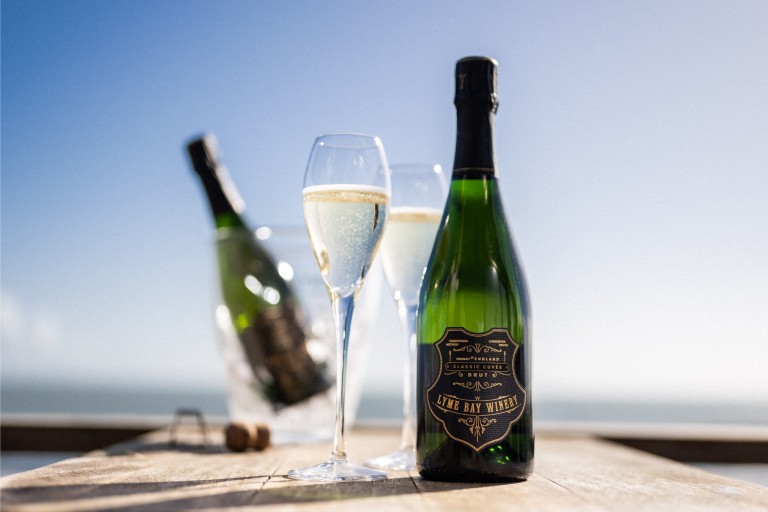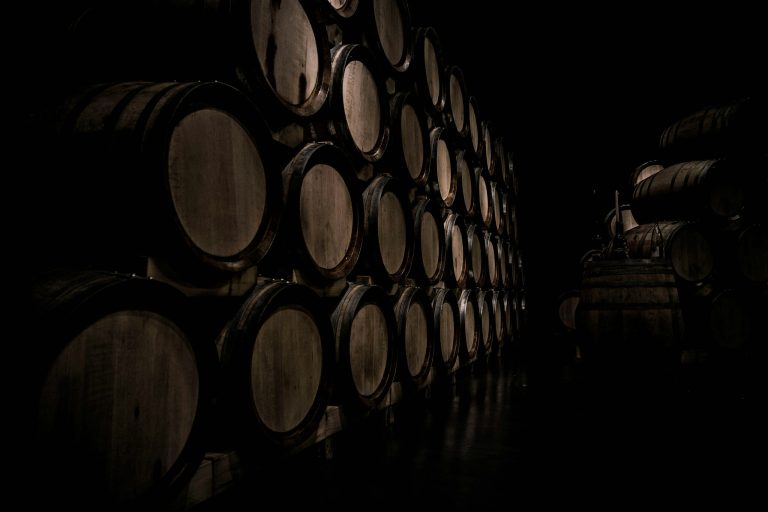The world of wine is a vast one, and one is constantly expanding and evolving. Recent research has found that a third of adults in the UK who drink alcohol say wine is their favourite drink. It is a fascinating drink ranging from sparkling wines to English wines, and everything in between.
If you are new to the world of wine or you just want to brush up on your knowledge, we’ve put together a beginner’s guide to tasting wine here.
What is Wine?
At the simplest level, wine is created from the juices of harvested grapes which are crushed, destemmed, and then the juices are fermented, which is where the alcohol is created. The type of wine will depend on the type of grape used and the production method. For example, red wine and rosé are made from red grapes, and white is made from green grapes – although there are variations of white wine that are made using red grapes.
There are seven main types of wine, which are as follows:
Red Wine – still wines that range on a scale from light to full-bodied. Examples include Merlot, Malbec and Pinot Noir.
White Wine – still wines that range on a scale from light to full-bodied. Examples include Sauvignon Blanc, Pinot Grigio and Chardonnay.
Rosé Wine – pink in colour and made from red grapes. The grapes are usually pressed gently to avoid extracting too much colour from the skins.
Sparkling Wine – bubbles of CO2 are created in the wine to give it the sparkle. Examples include Champagne, Prosecco and Cuvée.
Dessert Wine – wines that are naturally very high in sugar. It is said that the wine should be sweeter than the food it is served with, and a perfectly ripe peach is often given as an example for the perfect accompaniment to a dessert wine.
Fortified Wine – examples include Port and Sherry, and these wines are fortified by adding brandy to the wine.
Fruit Wine – instead of being made with grapes, these wines are produced using different types of fruit. Popular examples include Cherry, Strawberry and Blackberry.
How Do You Taste Wine?
A simple question usually has a simple answer, but there is much more to tasting wine than simply having a sip! To give yourself the best chance of really tasting a wine, there are certain conditions that should be met.
Firstly, the temperature of the wine is key. If you are tasting a white wine, remove it from the fridge around a quarter of an hour before you are going to taste it, giving it the chance to be slightly warmer than fridge temperature – around 7–12 °C.
For red wine, you should ensure they are just below room temperature – around 15–20 °C. if your red wine is still too cold, you can usually warm it up using your hands; one reason that red wine glasses tend to have a larger bowl than white wine glasses is to allow for cradling.
The Five Main Points of Wine Tasting
When it comes to tasting your wine, there are five steps to consider. It is important that you do them all because enjoying wine is a treat for more than just your sense of taste!
Look
This is not just for show, as inspecting the wine can reveal a lot about it. For example, the depth of colour can indicate how intense the flavour is, with darker wines tending to have a stronger flavour than their lighter counterparts.
Swirl
The reason for swirling the wine around a glass is to add oxygen to the drink, which helps to reveal the flavours. You may also notice that the wine might stay on the side of the glass, which is known as the ‘legs’ of wine. It can indicate that the wine has viscosity, which can help to give the wine a well-rounded mouthfeel.
Smell
Swirl the glass once more and raise to your nose to identify the different smells. It is ok to put your nose right into the glass – in fact, this is the best way to get the full range of aromas. The smell of a wine can change once it comes into contact with oxygen as you start to drink it, so don’t be surprised if you notice changes in the aroma.
Taste
After following all the previous steps, you should have an idea of how the wine is going to taste. When you take a sip of your wine, try and let some air in as you do to maximize the flavours. There are three types of flavour to look out for:
– Primary – the flavours that come from the grapes themselves, such as fruit, floral or spicy.
– Secondary – the flavours that come from the fermentation process or the barrel the wine is put into, such as oak flavours.
– Tertiary – the flavours that develop throughout the ageing process, such as tobacco.
Savour
This is the end of the taste of your wine, also known as the ‘finish’. In traditional wine tasting, this is where the wine is spat out – but we’re not recommending you do that with our wines! You will notice that the flavour of the wine will linger on your palate; see how many things you can identify from the wine’s finish.
Get Tasting!
Now you know how to enjoy wine, the next step is tasting it for yourself! We have a wide range of fruit, English and sparkling wines to enjoy, so why not check out our range and try them for yourself?



